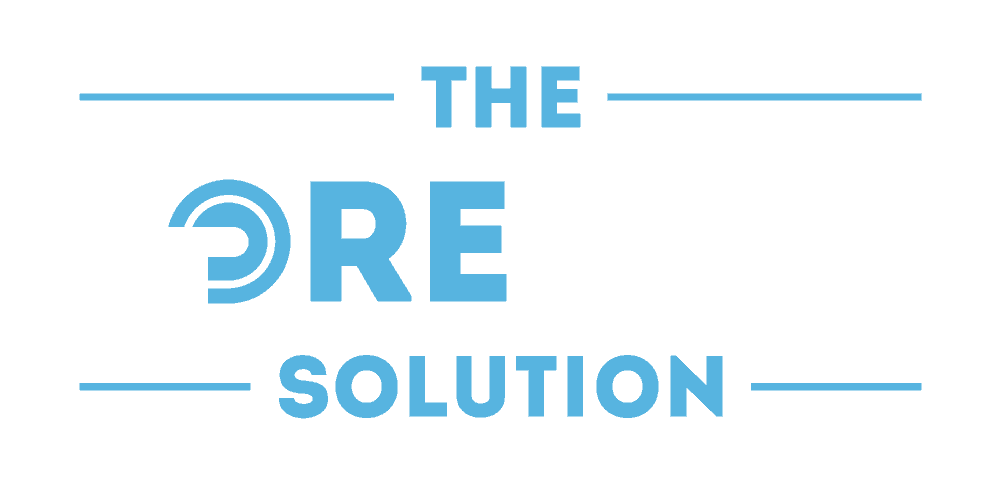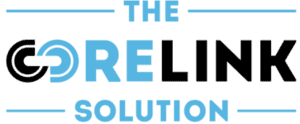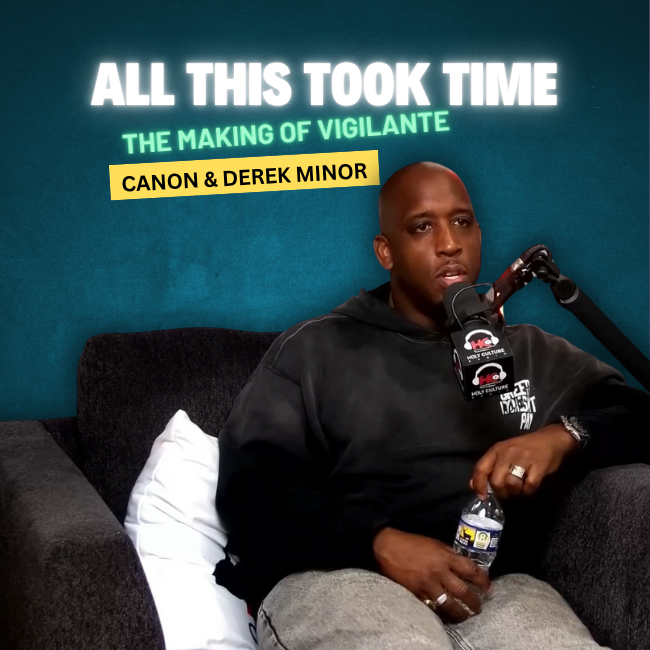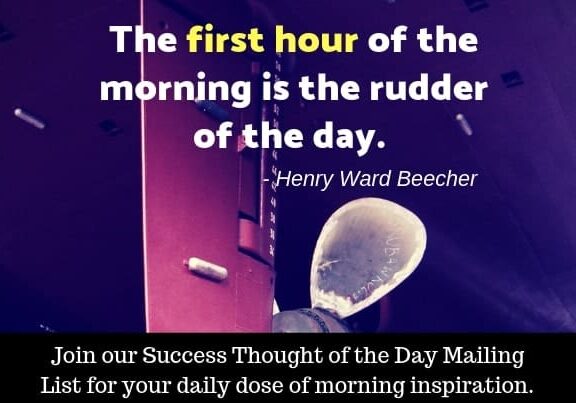Episode 95: AARP is Breaking Stereotypes: How Older Workers Are Revolutionizing the Workplace
Subscribe: iTunes | IHeartRadio | Spotify | Stitcher
I recently had the pleasure of engaging in a thought-provoking conversation with Heather Tinsley Fix, a Senior Advisor of Employer Engagement at AARP. Our discussion centered around the value of older workers in the workforce, a topic that is often overlooked but incredibly important.
AARP’s Heather Tinsley Fix: A Champion for Age Diversity
Heather is a thought leader and influencer in age diversity, with a particular focus on giving women more exposure and fighting against their marginalization. This ties in with our previous episode where we delved into the five career stages and how they relate to older workers.
Heather’s passion for her work is as thrilling as her love for roller coasters, particularly the old-fashioned ones with hills and drops. At AARP, she works tirelessly on education and outreach programs for the 50 plus age group, helping employers become more age inclusive through practical resources and thought leadership.
Defining Older Workers: A Mixed Picture
The definition of older workers varies, with AARP defining them as 50 and up, while the Bureau of Labor Statistics defines them as 55 and up. Regardless of the definition, it’s clear that 50 doesn’t feel old anymore. However, the state of older workers presents a mixed picture. While many employers value the experience and skills of older workers, ageism is still prevalent in the workplace. AARP research shows that 64% of people surveyed have either seen or experienced ageism.
The Value of Older Workers: Beyond Measure
Heather highlighted the value that older workers bring to teams and the workforce. She referenced a study from the Mercer Workforce Sciences Institute that found while individual productivity levels off around age 50, the presence of older workers on teams actually increases team productivity. This is due to the valuable knowledge and experience they bring, such as industry knowledge and a deep understanding of their profession. These contributions, often hard to measure, have a significant impact on team performance.
I added that soft skills, which are not easily quantifiable, become more important as individuals progress in their careers. Older workers possess a dynamic set of soft skills that can anchor a team in a different way. I shared a story about a 60-year-old sales leader who revolutionized a team’s productivity through his accumulated soft knowledge.
Late Career: A Time for Exploration and Development
We also debunked the misconception that older workers are in a decline stage of their careers. Late career can involve exploring new opportunities and continued development. Heather advised employers not to make assumptions about older applicants, as they may be interested in making a pivot or slowing down while staying engaged.
Strategies for Older Job Candidates
Heather offered advice on how older job candidates can position themselves for success in the face of discrimination and challenges. She emphasized the importance of staying proactive, keeping skills up to date, and networking actively. She also advised job seekers to have a clear understanding of the unique value they bring to the table, referring to this as the “LinkedIn summary paragraph” or elevator speech.
Engaging with the Audience
In conclusion, I invited listeners to share their takeaways from the episode and encouraged them to ask questions or seek clarification on any topics discussed. I provided various ways for listeners to engage, including visiting the show’s website or reaching out through social media channels. I expressed gratitude for the audience’s support and looked forward to the next episode.
The conversation with Heather Tinsley Fix was enlightening and informative, shedding light on the value of older workers in the workforce. It’s a topic that deserves more attention and discussion, and I’m glad we could contribute to that conversation.
Thank you for tuning in. Be sure to subscribe to the podcast and please leave me a comment to let me know what you thought of the show. And if you or someone you know works with youth, sign up for my free Success on Your Own Terms for Youth program. Let’s empower the next generation together. Want to support the work? Make a one-time donation or shop or online store.
TIMECODE REFERENCES:
Until next time, be informed, be empowered and be accountable.
The Value of Older Workers [00:04:36] The speaker discusses the mixed picture of the state of older workers, highlighting their experience, soft skills, mentoring, and leadership capabilities that are valued by many employers.
Acceptable Ageism [00:07:01] The speaker explains that ageism is considered acceptable when it is joked about or when coded ageism is used to exclude older workers from innovative projects.
Ageism in Tech and Ad Agencies [00:08:26] The speaker mentions that the tech industry and digital agencies, such as ad agencies and web work, have a higher incidence of ageism, with assumptions that older workers cannot keep up or are pigeonholed based on their age.
The value of older workers on teams [00:09:58] Older workers increase team productivity with their invisible contributions and industry knowledge.
Soft skills and the impact on career development [00:11:05] Soft skills help older workers become more transferable and adaptable in their careers.
The benefits of age diversity in the workforce [00:15:13] Age diversity brings different perspectives, skills, and experiences to teams, leading to better performance.
The value of older workers [00:19:51] Advice for older job candidates on positioning themselves for success, including staying updated, networking, and understanding their unique value.
Resources for older job candidates [00:20:14] Information about resources available for older job candidates at aarp.org/work, including tips and guidance.
Engaging with the podcast [00:21:39] Encouragement for listeners to share their takeaways, ask questions, and provide feedback through the podcast’s website or social media channels.







